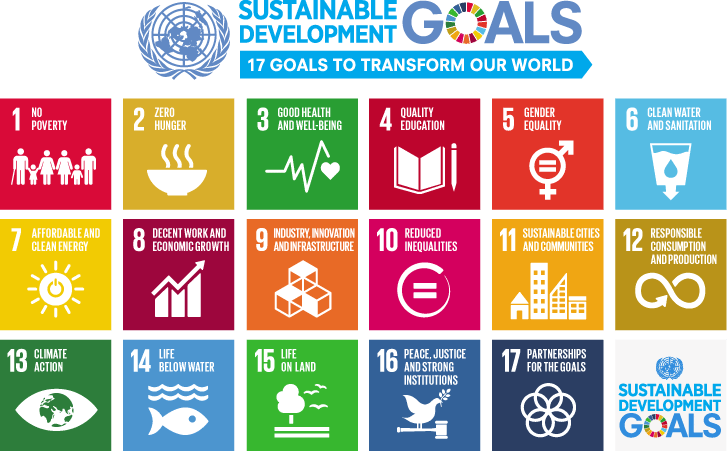Defining Sustainability: Our Perspective on the Catch All Term
Sustainability: a buzzword that seems to pop up everywhere when discussing the fate of our planet. But what does it truly mean? In this blog post, we will explore the multifaceted world of sustainability as we delve into its origins, uncover its diverse definitions, and the critiques it brings about. Join us as we explore a snapshot of the many interpretations of sustainability.
What is Sustainability: A Simple Definition
At its core, sustainability can be distilled into one word: balance. It emerged as a result of growing concerns about the impact of human activities on the environment and society. The landmark report by the Brundtland Commission in 1987 brought sustainability to the forefront.
“Meeting the needs of the present without compromising the ability of future generations to meet their own needs.”
Today, multiple definitions of sustainability are there, each offering unique perspectives on its essence. Regardless of the specific definition, they all have one thing in common: sustainability is centred around finding a harmonious balance that safeguards our planet and future generations.
The Foundations of Sustainability: Three Dimensions
After answereing the question: what is sustainability? To actually operationalize sustainability, it is often divided into three dimensions: environmental, social, and economic sustainability. The rationale behind the different dimensions is to address the interconnected and interdependent aspects of sustainability.
1. Environmental dimension
Environmental sustainability entails practices that conserve resources, reduce pollution, and preserve ecosystems in the long term through practices like renewable energy use, sustainable agriculture, and biodiversity protection.
2. Social dimension
Social sustainability aims to create inclusive communities with fair access to basic needs, quality healthcare and education, promoting social equity while emphasising the importance of justice, fairness, and equality for all individuals.
3. Economic dimension
Economic sustainability prioritises long-term planning, equitable wealth distribution, and stable growth through responsible business practices, encouraging innovation, and investment in sustainable industries.

Three dimensions of sustainability. Source: Blue Bite.
Expanding the Three Dimensions: Different perspectives on sustainability

Sustainable Development Goals by the United Nations.
Sustainability, with its three dimensions, can be quite broad and ambiguous. Therefore, translating sustainability into a tangible, workable concepts is vital. Numerous perspectives on sustainability offer diverse frameworks, bringing clarity, facilitating accountability and measuring various aspects of sustainability. Some relevant perspectives include:
1. Sustainable Development Goals (SDGs) by the United Nations
The SDGs are a set of 17 interlinked global objectives established in 2015 and aiming to achieve all goals by 2030 worldwide. They provide a concrete roadmap for nations, businesses, and individuals to contribute to a sustainable future, tackling major global challenges. Each goal, backed by specific targets, offers a clear pathway to measure progress and effect change. The SDGs apply universally, calling upon every nation, regardless of their economic status, to make strides in these areas.
2. The Triple Bottom Line (TBL) approach
The TBL approach, introduced in 1994 by John Elkington, advocates for considering three pillars of sustainability – people, planet, and profit – in decision-making processes, expanding traditional business metrics beyond just profit. Essentially, TBL transforms how businesses measure success, advocating for a balance between societal, ecological, and financial outcomes to achieve long-term sustainability.
3. The Circles of Sustainability framework
This framework, introduced by the UN Global Compact Cities Programme in 2014, views sustainability through four interconnected domains: political, economic, ecological, and cultural. This framework underscores the interdependencies between these areas, emphasizing that sustainability involves multiple dimensions and that progress in one area often impacts others.
4. The Ecological Footprint concept
The concept, developed by Mathis Wackernagel and William Rees in the early 1990s, quantifies human demand on Earth’s resources. By contrasting our total ecological footprint with Earth’s total biocapacity, this concept not only assesses our resource overuse but primarily highlights the urgency of balancing our consumption with nature’s regenerative capacity. In essence, the Ecological Footprint provides a critical measure, such as overshoot day, of human impact on Earth’s ecosystems and serves as an imperative guide for creating sustainable development strategies.

Ecological Footrpint concept by Earth Overshoot Day.
Beyond the Definition: Taking Action
In addition to sustainability, the overarching goal, sustainable development is a broader concept that refers to the process or approach taken to achieve sustainability. By integrating principles of sustainable development, we can take action and enhance our efforts towards a sustainable future. Let’s consider a few relevant principles:
The precautionary principle
Another example is this principle, which urges decision-makers to take preventive action in the face of uncertainty. For instance, some countries have taken precautionary measures when it comes to Genetically Modified Organisms (GMOs) due to their potential impact on the environment and biodiversity. Despite the potential benefits, there is still scientific uncertainty about their long-term effects, restricting their use until more definitive scientific data is available.
The polluter-pays principle
According to this principle, those who cause environmental harm should bear the costs of mitigation and restoration. Carbon pricing is an example of the principle, it is a method used to reduce greenhouse gas emissions by charging entities for their carbon emissions, usually in the form of a carbon tax. The companies that emit more will have to pay more, which incentivizes them to reduce their carbon footprint.
The intergenerational equity principle
This principle emphasises the fair distribution of resources and opportunities between present and future generations. Therefore, governments around the world set aside natural lands to be preserved, both for their intrinsic value and recognizing responsibility to leave a sustainable world for future inhabitants.
Our perspective
At Better Future Factory, our expertise is centred around materials, particularly plastics, with a primary focus on the environmental dimension of sustainability. We believe the term ‘sustainability’, although versatile, is frequently used in an overly broad manner and generates confusion. Similar issues arise with misleading terms like ‘biodegradable’, a matter we anticipate will be addressed by future regulations.
Simultaneously, our sustainability focus extends to incorporate the concept of circular economy. We firmly believe that the current, largely linear, usage of plastics should shift towards a more circular approach to become sustainable. Hence, our approach is to integrate circularity principles into our designs, mindful of a product’s end-of-life.
We acknowledge the clear distinction between various sustainability concepts, such as carbon footprint and circularity. For our clients, it’s essential to select a primary focus, setting priorities that align with the company’s interests and its customers.

Working on recycled plastic tile at Better Future Factory workshop.
In this blog post, we have answered the question what is sustainability, and explored the various aspects of sustainability and sustainable development from multiple perspectives, aiming to provide a comprehensive understanding.
In conclusion, sustainability is more than just a catch-all term; it’s a global commitment to protect our planet for present and future generations. Through open dialogue, the integration of diverse perspectives, and collective action, we can move towards a more sustainable future. Better Future Factory believes in a hands on and solution oriented approach. We try to make problems tangible and offer a concrete solution to take action. Let’s transform challenges into opportunities for change together.
